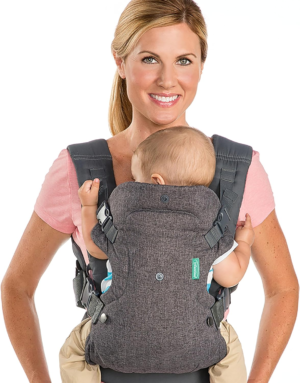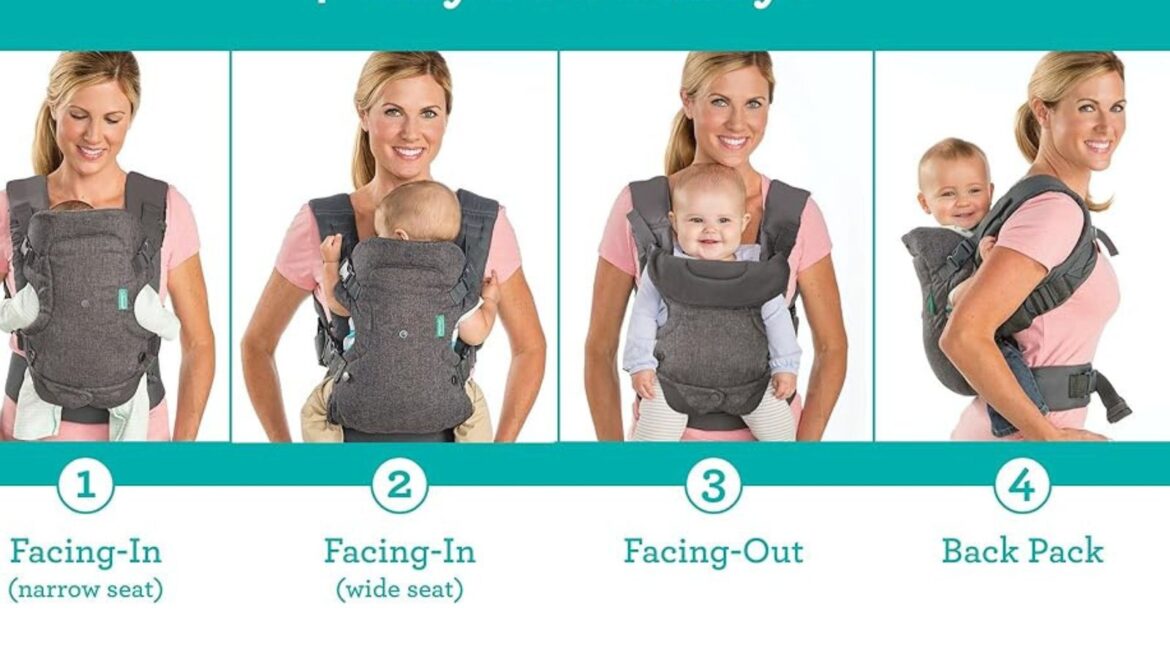Introduction to Baby Carriers
Becoming a parent brings a lot of new responsibilities, and carrying your baby around can be challenging without the right tools. This is where the Backpack Baby Carrier becomes a convenient, hands-free solution that benefits both parents and babies. In this guide, we’ll walk you through everything you need about baby carriers — from types to benefits, safety, and even tips for the best usage.
Types of Baby Carriers
There are various types of baby carriers to fit your lifestyle and needs:
Structured Carriers
These carriers have built-in padding and support, typically including adjustable straps and buckles. They’re great for longer use and offer parents excellent back and shoulder support.
Wrap Carriers
Wrap carriers consist of a long piece of fabric that you wrap around yourself and your baby. They provide a snug, custom fit and can be used for babies of all ages, though they require some practice to tie correctly.
Sling Carriers
Slings are one-shoulder carriers made from fabric that loops around you and your baby. They are a good option for short trips and quick errands due to their ease of use.
Key Features of the Infantino Flip Advanced 4-in-1 Carrier
The Infantino Flip Advanced stands out for its ergonomic design and convertible functions, allowing parents to carry their baby in four different positions: face-in for newborns, face-in for older babies, and face-out, and back carry for toddlers. These multiple carry options ensure that the carrier grows with your baby, providing comfort and security at every stage.
With the capacity to support babies from 8 to 32 lbs, it’s an excellent long-term investment that can be used from infancy through the toddler years. Let’s dive into the specifics of what makes this carrier a popular choice for so many parents.

Convertible Design: 4 Carrying Positions
The 4-in-1 design offers four different carrying positions, ensuring that the carrier adapts to both your baby’s developmental stages and your preferences as a parent. Let’s break down each position:
1. Newborn Face-In Carry
For newborns, face-in carry is ideal. In this position, the baby is close to your chest, allowing for skin-to-skin contact and a soothing environment. This position is designed to cradle your baby securely while supporting its fragile neck and spine.
2. Baby Face-In Carry
As your baby grows, you can continue using the face-in carry position. This option still provides closeness but with a slightly different configuration to support the baby’s increasing size and strength.
3. Face-Out Front Carry
Once your baby is strong enough to hold up their head (typically around 4 to 6 months), you can switch to the face-out front carry. This position allows your baby to explore the world while staying securely attached to you. It’s a great way to satisfy your baby’s curiosity while still keeping them close.
4. Back Carry for Older Babies
For toddlers or older babies who are getting a bit too heavy for front carrying, the back carry option is a lifesaver. This position distributes the baby’s weight more evenly across your body, making it easier for you to carry them for longer periods, such as on walks or hikes.

